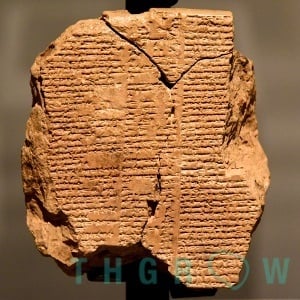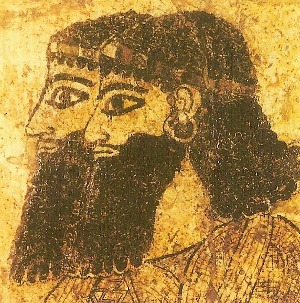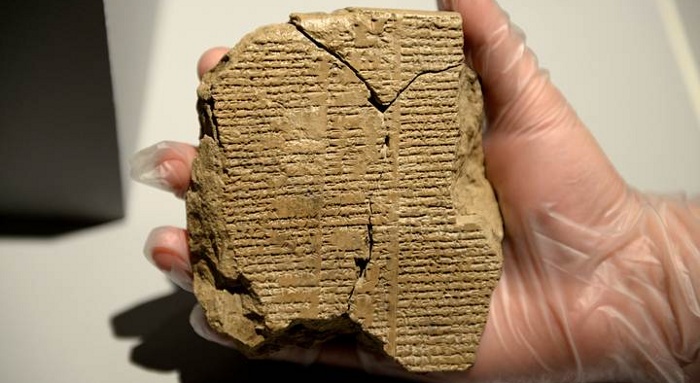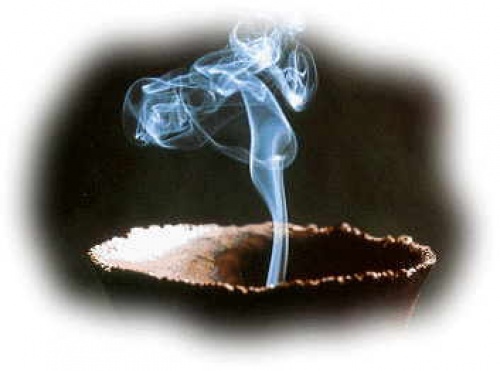The use of cannabis in The Assyrian Empire
-
2017/07/11
-
THGrow
-
Curiosities

The Assyrian Empire was born more than 6000 years ago, geographically located in the north of the Ancient Mesopotamia, while Babylon occupied the south part. This empire had a long life of about 1200 years between 1813 BC and 609 BC.
The capital of the Assyrian Empire was Nineveh and there was the Royal Library of Ashurbanipal, initiated by King Sargon II about 722 BC and enlarged by King Ashurbanipal around 669 BC. The library consisted of a large collection of tablets made of cuneiform writing clay. In these tablets, which are copies of older texts, we can find the words Quunabu and Qunubu that means hemp and which originate words like Cannabis in India, Kannabis in Greece or Kannab in Arabic.
 The word Qunubu also appears in the Assyrian royal correspondence. Tablet No.368 reveals its use within the sacred rituals of this religion. In this text, the high priest Nergalsharrani, responding to the king´s mother at the request to know the ingredients used in the sacred rites, indicates hemp and other resinous plants.
The word Qunubu also appears in the Assyrian royal correspondence. Tablet No.368 reveals its use within the sacred rituals of this religion. In this text, the high priest Nergalsharrani, responding to the king´s mother at the request to know the ingredients used in the sacred rites, indicates hemp and other resinous plants.
The use of hemp was generally widespread throughout Mesopotamia. In addition to hemp, it was also common to use hashish (martakal) in their medicine. Numerous tablets document the use of hemp roots in case of difficult parturition, boiling the whole plant for use as an enema or in rubs in the form of seed oil or creams made with the plant. Toasted seeds were administered to calm tremors in the limbs, while a mixture of flour and hemp served as an antidote.
Hemp also served to create a beer from the plant seeds without psychoactive effect that served to relieve female menstruation pain.
The Assyrians were the inventors of astrology and among their festivities there was the Akitu Festival, which included a ceremony in which the King was humiliated being slapped. The intention was to remember him that his duty was to protect the people of his kingdom in the service of God Marduk. This festival used to last twelve days and it used to start the first new moon after the spring equinox (March / April), casually when marijuana cultivation is advised in the northern hemisphere.
Unlike the optimism of the Egyptians, who believed in life after death, the Assyrians lived with permanent fear of evil spirits and death. They believed that these spirits were the cause of diseases and therefore had to fight them with magic spells and enchantments. In the recipes to get rid of these demons appeared a term that would be the equivalent of "medical marijuana".

We would like to mention the famous Gilgamesh poem, considered the oldest literary work of humanity, that was very influential in the Assyrian culture. This poem talks about the trip of a men in search of the immortality and its encounter with the tree of the life, that also has correspondence with the cannabis. We will discuss about this in our next article.
BIBLIOGRAPHY
http://antiquecannabisbook.com/chap1/Asyria.htm
http://www.infocannabis.org/era-cannabis-el-arbol-de-la-vida/
“Los estados alterados de consciencia y su papel en las culturas de la antigüedad”. DANIEL BECERRA ROMERO
“La biblia del cannabis”. CHEMA FERRER
"Marijuana Medicine: A World Tour of the Healing and Visionary Powers of Cannabis". CHRISTIAN RÄTSCH













